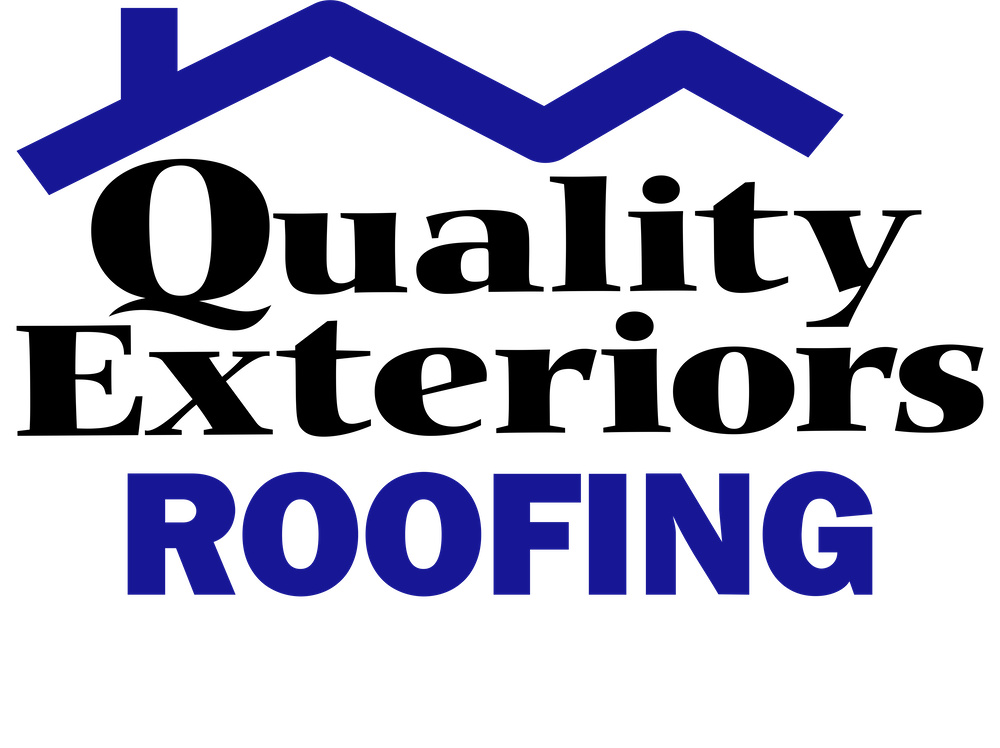What is Asbestos?
Asbestos is a naturally occurring material known for its fire-resistant properties and durability, making it a popular choice in roofing materials such as asbestos shingles and cement shingles. Asbestos materials were often used in asbestos asphalt shingles and asbestos-containing roofing, providing longevity and protection.
However, asbestos exposure has been linked to serious health risks like lung cancer, leading to strict regulations on its use and asbestos removal only by an asbestos abatement company or certified asbestos contractor.
What Do Asbestos Fibers Look Like?
Asbestos fibers are microscopic and not visible to the naked eye. These tiny asbestos fibers are embedded within the roofing material in old shingles, providing strength and fire-resistant properties.
Asbestos-containing materials like roof shingles and siding shingles that contain these asbestos fibers make it challenging, if not impossible to identify without a professional asbestos inspector or laboratory analysis.
Are Asbestos Shingles Dangerous?
Roofing shingles that were made from a combination of asbestos and hydraulic cement were extremely popular throughout the 20th century.
Asbestos shingles, including asbestos cement, siding, and asphalt shingles, can pose dangers due to the risk of putting asbestos dust and asbestos fibers into the air during handling or removal. Asbestos exposure is a significant health hazard, causing lung cancer for factory workers and those involved in roofing.
Engaging asbestos professionals in any work involving asbestos materials is crucial to ensure safety and compliance with local laws and federal regulations.
What Does Asbestos Look Like?
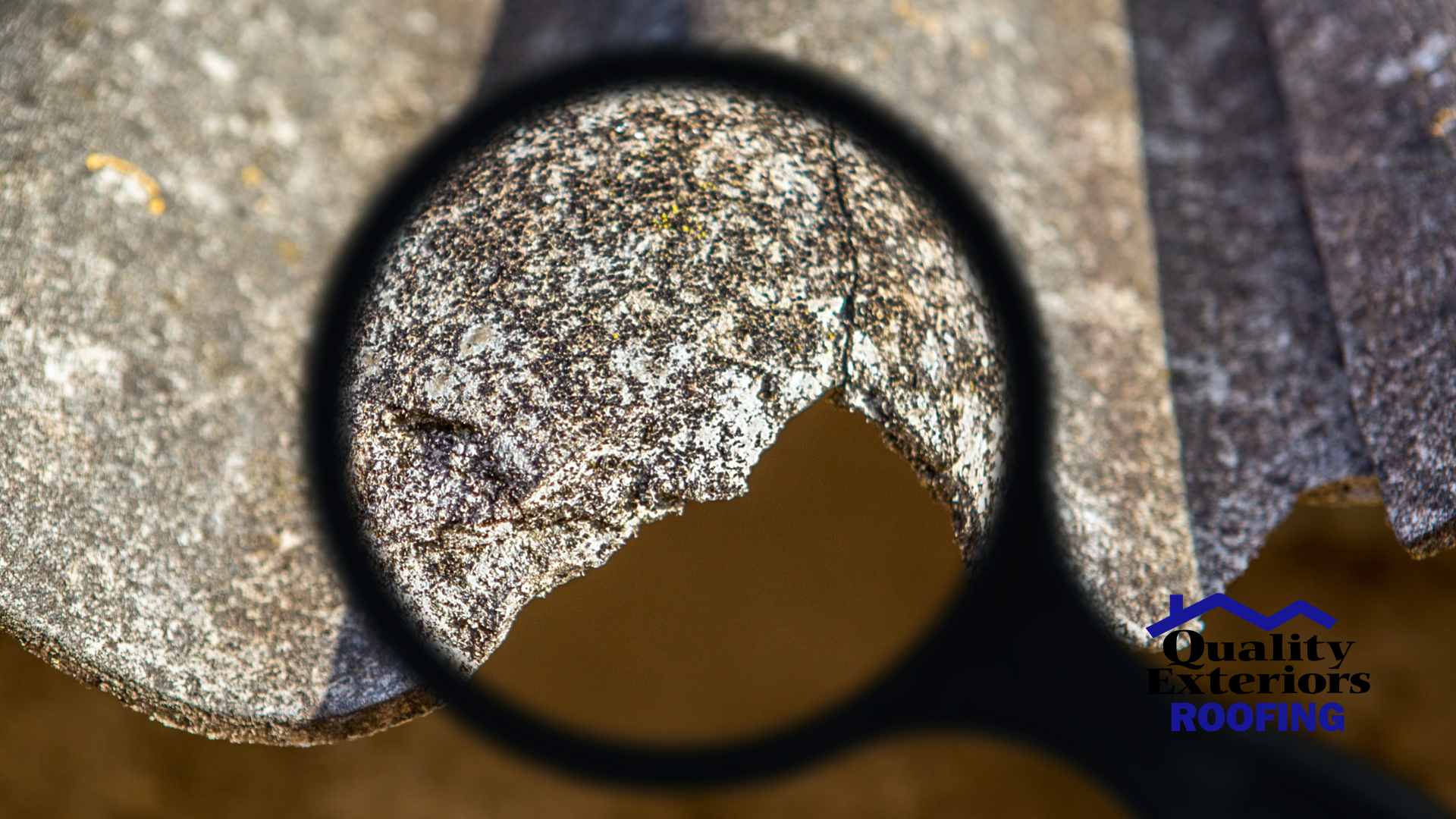
Roof coatings that contain asbestos, such as asbestos shingles and siding, can vary depending on the type and age of the material. It often resembles regular roofing shingles or siding, making it difficult to distinguish without a professional roofing inspection in Bossier City.
Asbestos asphalt shingles and asbestos material in siding materials often resemble other roofing and siding products.
Are Asbestos Tiles Hard or Soft?
Asbestos tiles, including asbestos roofing and siding shingles, can be hard and soft. This will vary depending on the composition and use of hydraulic cement in their manufacture.
Asbestos cement tends to be harder due to the cement content, while roofing shingles without cement may be softer. Handling asbestos products requires proper equipment and protective clothing to avoid breaking them and releasing hazardous dust that could lead to lung cancer.
When Were Asbestos Shingles Banned?
Asbestos shingles were a common roofing material for much of the 20th century, valued for their fire resistance and durability. However, the discovery that asbestos products could cause serious health issues led to a decline in their use.
Quality Exteriors understands the concerns surrounding asbestos-containing roofing. The U.S. government began to phase out asbestos roofing products in the 1970s, with a significant push towards banning it in the late 1980s due to National Emission Standards.
Despite this, not all asbestos roofing products were immediately banned, and certain materials that contain asbestos, especially in products like hydraulic cement, continued under strict regulations and help from asbestos training programs.
This means that old shingles in older buildings may still contain asbestos. It’s crucial to have a trained professional assess and handle asbestos safely, especially during minor repairs or when planning to remove asbestos shingles from your roof. The safety of both homeowners handling these materials is of the greatest risk and importance.
How to Tell if You Have Asbestos Shingles?
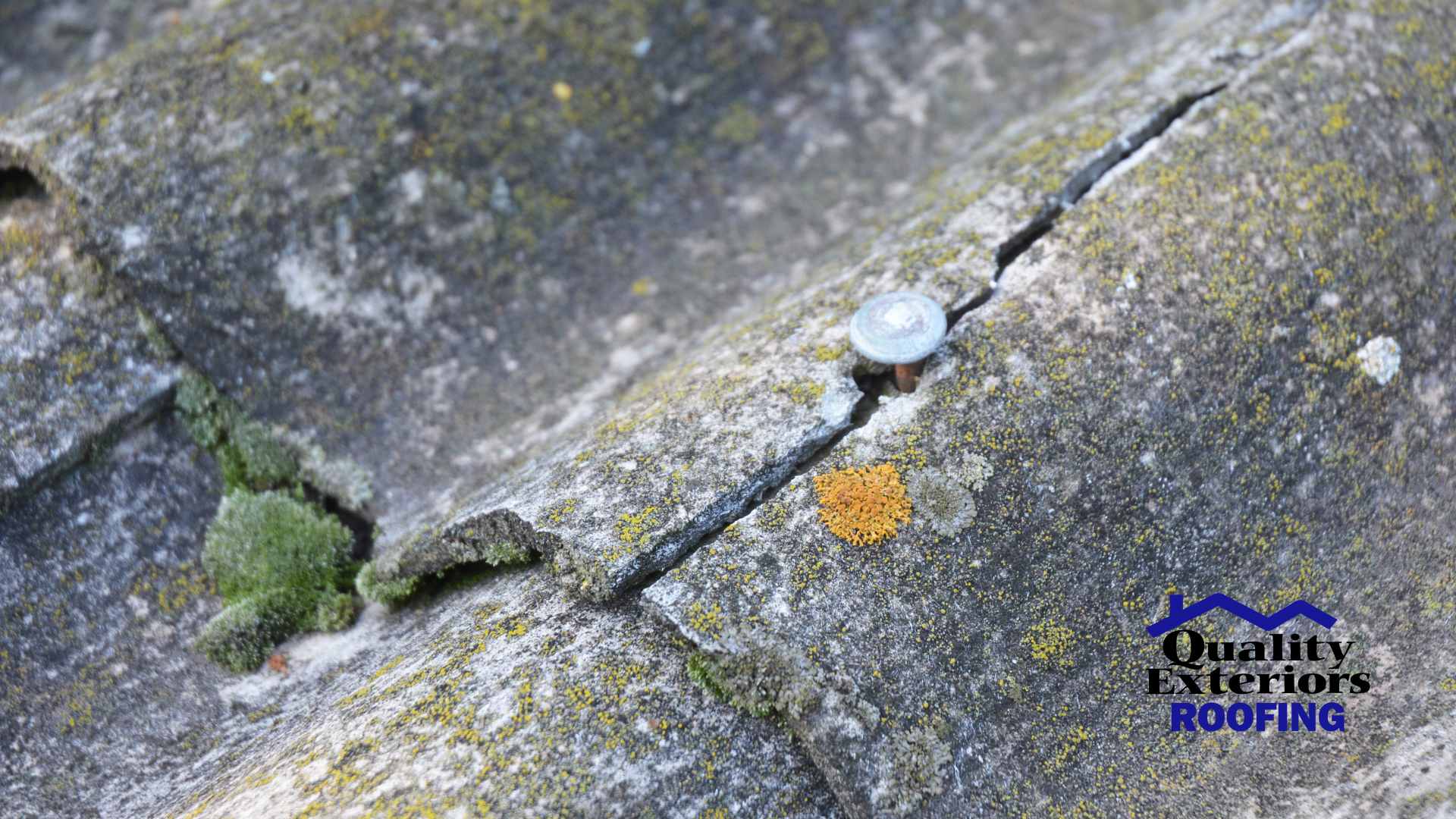
Look at your roofing materials to determine if your home has asbestos shingles. Asbestos roofing materials often have a unique texture and are generally older, as newer roofing shingles use new materials.
Asbestos-containing roofing is often found in houses built before the 1980s.
If you suspect your roof shingles contain asbestos, it’s important to contact asbestos professionals for proper inspection and testing. Exposure carries significant health risks, so avoid disturbing any potential asbestos shingles that could release asbestos fibers into the air.
What Do Asbestos Shingles Look Like?
Asbestos shingles often resemble asphalt shingles in appearance but can be distinguished by their distinct characteristics. Asbestos cement shingles usually have a rougher texture and are more brittle than regular roofing shingles.
Asbestos-containing materials in asphalt shingles might also show signs of aging differently, such as more noticeable wear or discoloration. However, the true presence of asbestos material in roofing can only be confirmed through professional asbestos testing, as visual inspection alone is unreliable.
Asbestos Testing
Asbestos testing is a critical process to determine the presence of asbestos in roofing materials, particularly in asbestos shingles and asbestos cement shingles. This testing should always be done by a trained professional specializing in handling asbestos materials due to the associated health risks and asbestos exposure.
The process involves taking a small sample of the suspected material safely, ensuring to avoid breaking the roofing shingles which can release asbestos fibers. Once collected, the sample is sent to a laboratory to determine if the old shingles contain asbestos.
Asbestos Roofing Removal
The removal of asbestos roofing by Quality Exteriors involves carefully detaching asbestos shingles to minimize the release of asbestos fibers, which are significant health hazards. If we can’t handle it, we’ll recommend a trained professional.
Our roofing professionals, equipped with special training and proper safety gear, handle asbestos materials with utmost care to prevent hazardous air pollutants. Adhering to federal and local regulations, we ensure that asbestos-containing roofing is disposed of properly in accordance with disposal laws.
Replacing Asbestos Shingles
Replacing asbestos shingles involves careful removal and the selection of new materials for roofing. Quality Exteriors will not only remove asbestos shingles but will also recommend suitable replacements for roofing shingles that enhance the aesthetic appeal of your roof and reduce the health risks associated with asbestos materials.
Our team provides a written contract detailing the process and ensuring that major changes to your roof are done professionally.
Best Roofing Over Asbestos Cement Shingles
Leaving asbestos shingles undisturbed and in place significantly reduces health risks and hazardous air pollutants, a stance supported by the EPA, which often advocates for the repair or overlay of these roof shingles rather than removal.
Many metal roofing materials, known for their lightweight composition, are perfectly suited for layering over asbestos shingles. However, in some instances, it might be necessary to trim protruding roof shingles, ensuring their safe disposal, unless specialized flashings can be designed for the existing asbestos shingles.
Before any Bossier metal roofing installation, we conduct a test on one asbestos shingle to assess the roof shingle’s susceptibility to cracking. In cases where asbestos shingles crack easily, opting for self-drilling, self-tapping stainless steel screws might be a better solution.
How to Dispose of Asbestos Roofing Shingles
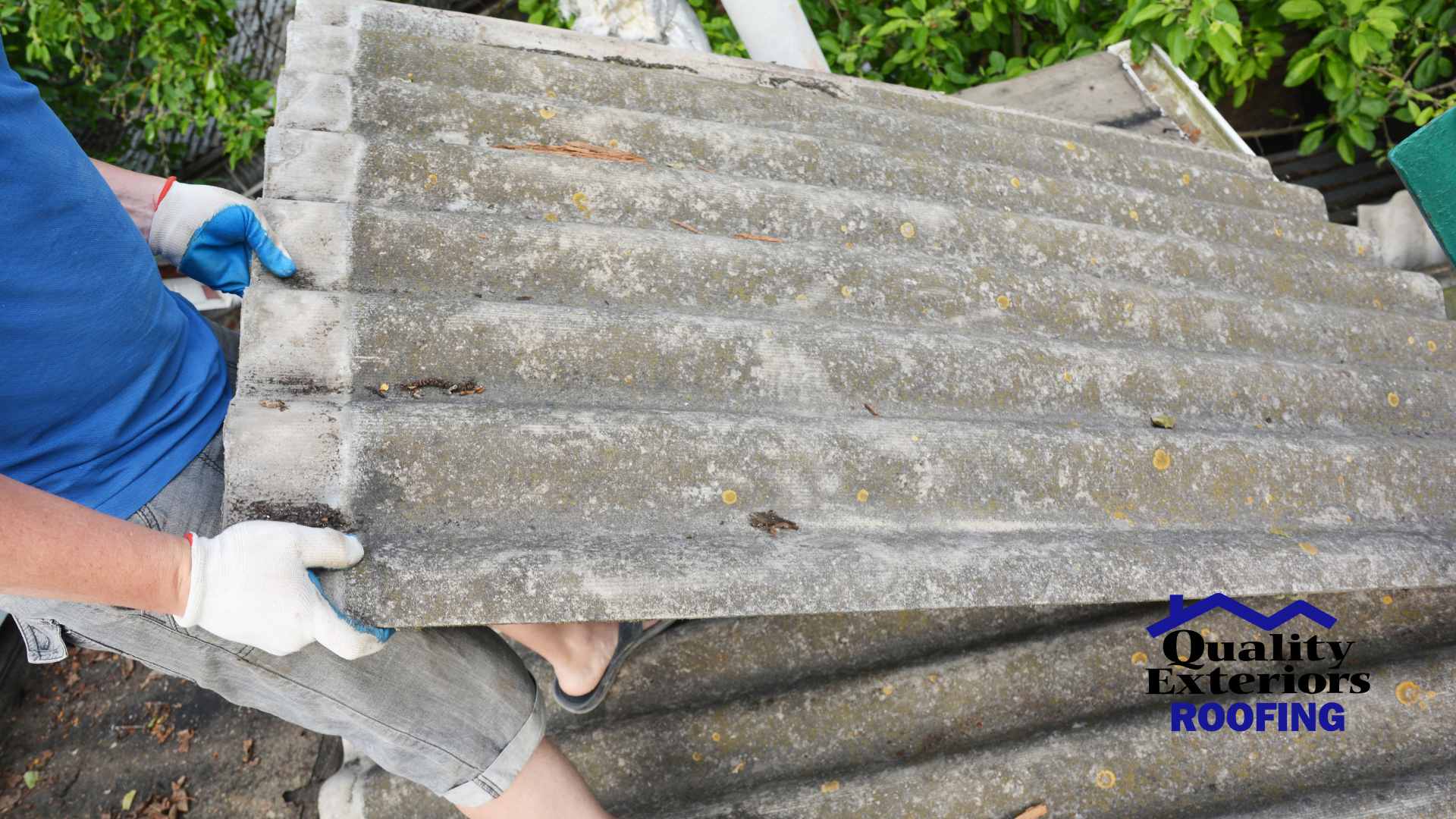
Disposing of asbestos shingles requires strict adherence to safety protocols and federal regulations. Quality Exteriors ensures that all asbestos shingles, siding, or other roofing material is carefully removed, sealed in plastic bags or plastic sheeting, and properly disposed of at designated facilities. We follow the laws that rigorously govern asbestos removal to prevent asbestos dust or fibers into the air, safeguarding occupational safety and public health.
Asbestos Removal Cost
The cost to remove asbestos shingles/siding depends on the extent of asbestos-containing roofing or siding and the square foot coverage. Quality Exteriors provides transparent pricing, considering factors like asbestos material quantity, roof size, and local regulations governing asbestos removal.
Clients receive a detailed estimate, ensuring clarity on the costs of safely removing asbestos shingles and mitigating related health risks.
Cost to Put Vinyl Siding Over Asbestos Shingles
Covering asbestos shingles with vinyl siding effectively encapsulates asbestos material without the high removal costs.
Quality Exteriors offers competitive pricing for installing vinyl siding over asbestos shingles, taking into account the material, labor, and special requirements to avoid breaking the underlying asbestos shingles or siding materials.
This approach provides a fresh look while containing the asbestos dust and adhering to safety standards.
What Does Asbestos Siding Look Like?
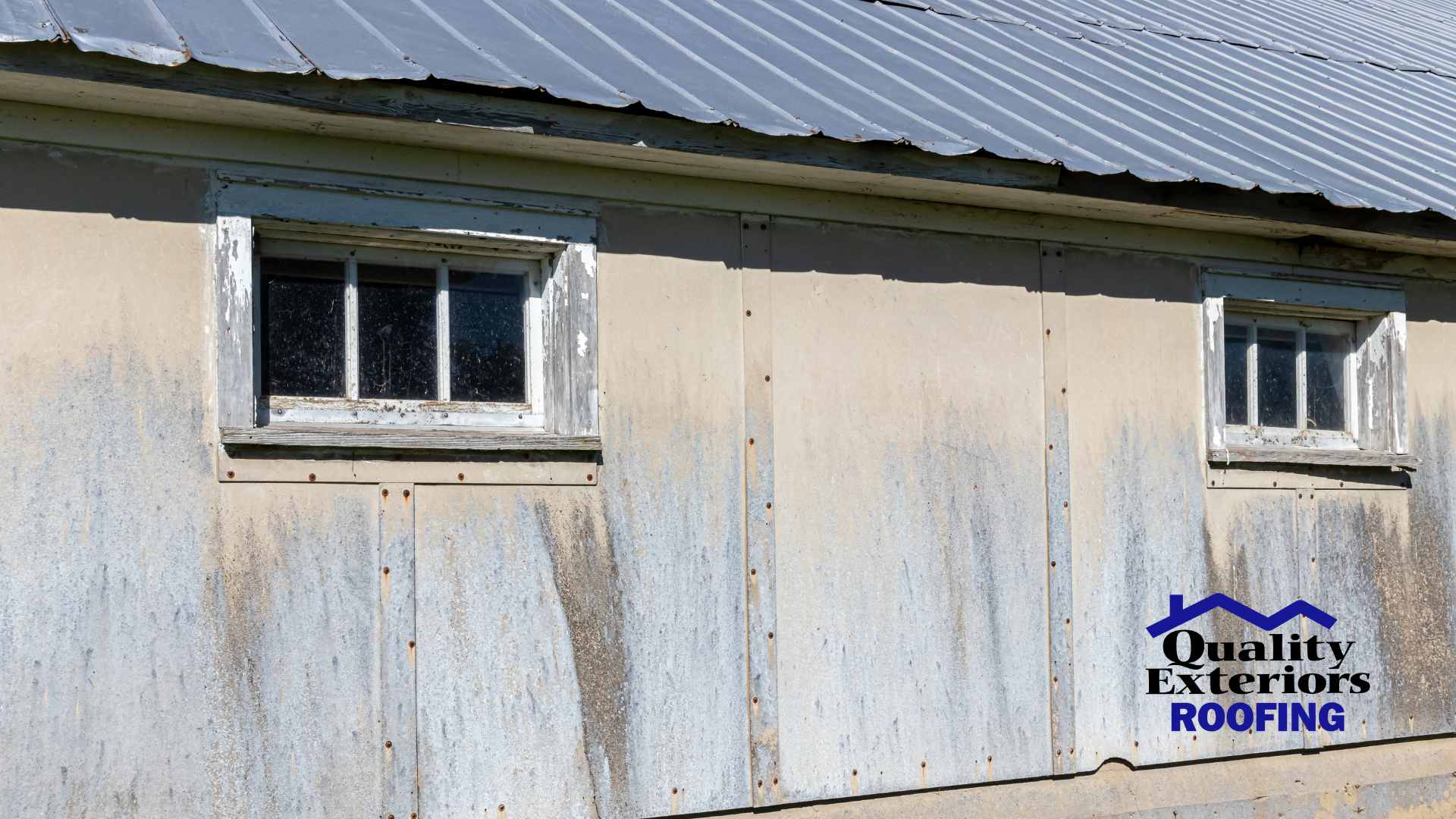
Asbestos-containing siding shingles typically resemble traditional siding shingles but are made from asbestos cement, a material known for its fire-resistant properties. This siding, often found in older buildings, can vary in appearance but usually has a distinct, slightly textured look, different from asphalt shingles or other roofing materials.
It’s important to note that asbestos fibers are not visible to the naked eye, making professional assessment crucial to identify asbestos-containing roofing or siding shingles.
Asbestos Siding Removal
At Quality Exteriors, asbestos siding removal is performed with utmost care to minimize the release of asbestos fibers, a significant health hazard. Our trained professionals, equipped with special gear and following strict safety protocols, handle the asbestos material safely.
Asbestos-containing roofing and siding products removal is conducted in compliance with industry standards to protect both our workers and clients, especially in private homes where the greatest risk of exposure lies.
How to Remove Asbestos Siding
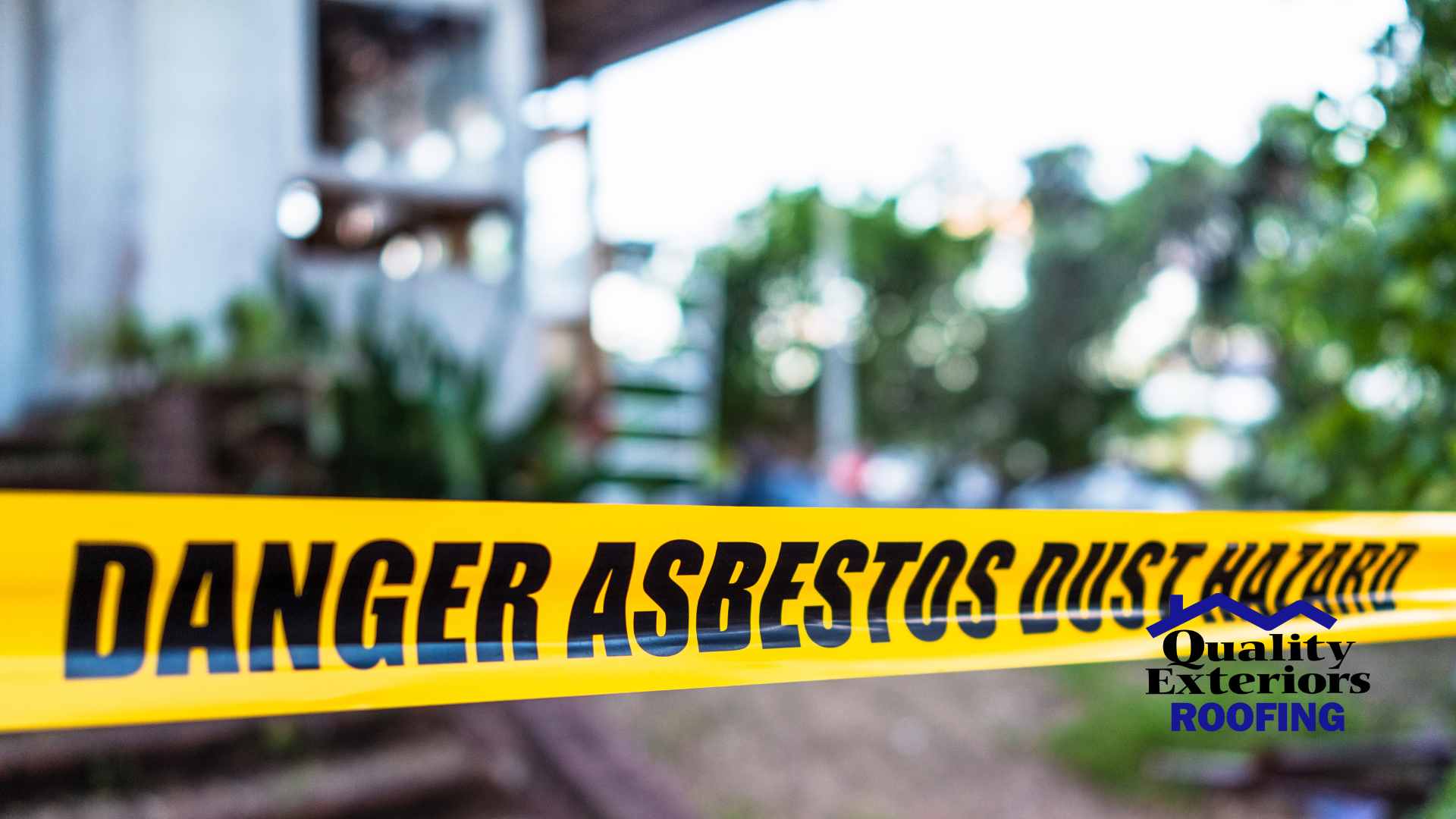
Removing asbestos roofing or siding shingles requires specific steps to ensure safety and compliance with regulations. First, asbestos professionals from Quality Exteriors assess the siding elements that contain asbestos to determine the best approach.
If asbestos shingles or siding are friable, they must be handled delicately to avoid dispersing harmful fibers. Wear gloves and appropriate safety gear is mandatory. The process involves carefully detaching the siding and wrapping it in special materials for disposal.
Asbestos Siding Removal Cost
The cost of removing siding shingles that contain asbestos largely depends on the scope of the job, including the area covered in square feet and the condition of the asbestos material.
Quality Exteriors provides transparent, detailed quotes based on these factors. The price reflects the complexity of safely handling asbestos-containing roofing or siding products, the special training required for our staff, and the necessary safety measures to mitigate health hazards. Each project is evaluated on its unique requirements to provide a fair and accurate cost estimation.
Quality Exteriors: Your Bossier City Roofing Company
Any roofing material that may or may not contain asbestos should be a significant concern due to the health hazards posed by asbestos fibers. Quality Exteriors emphasizes the importance of handling any roofing material that could potentially contain asbestos with extreme care, especially during minor repairs or removal.
Roof shingles or any siding material that may contain asbestos requires the expertise of trained professionals who wear gloves and follow stringent safety protocols to mitigate the risk to homeowners. Whether dealing with old roof shingles or installing new roofing, such as asphalt shingles or roof coatings, our approach varies depending on the square foot of the area and the specific material used.
In every case, the safe handling and disposal of every asbestos shingle and asbestos roofing reflect our commitment to safety and quality in the roofing industry.
At QEI, we offer Bossier City roof installation and replacement services, as well as siding installation and repair services. Call today for your free roof inspection.
